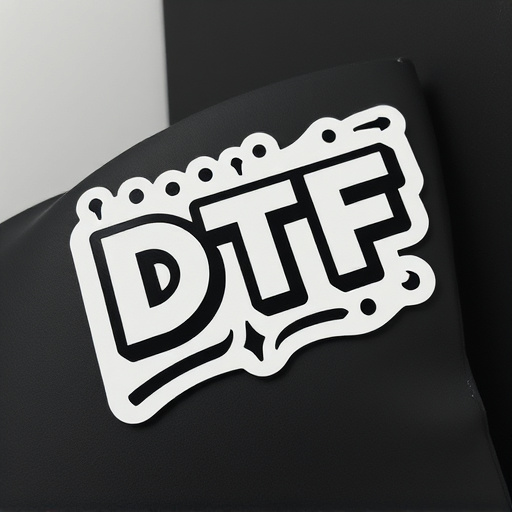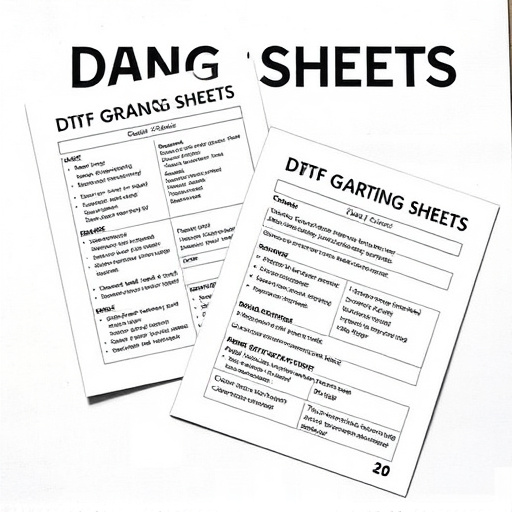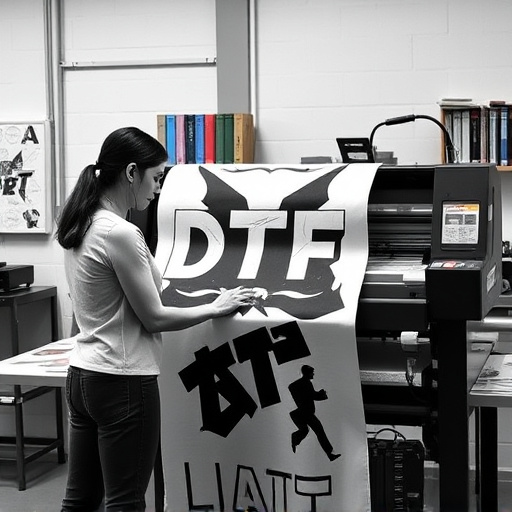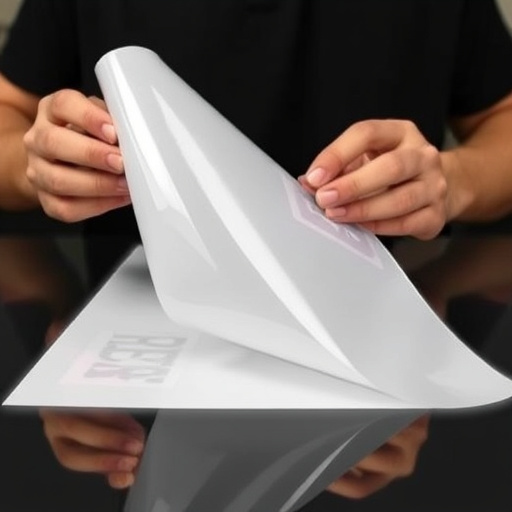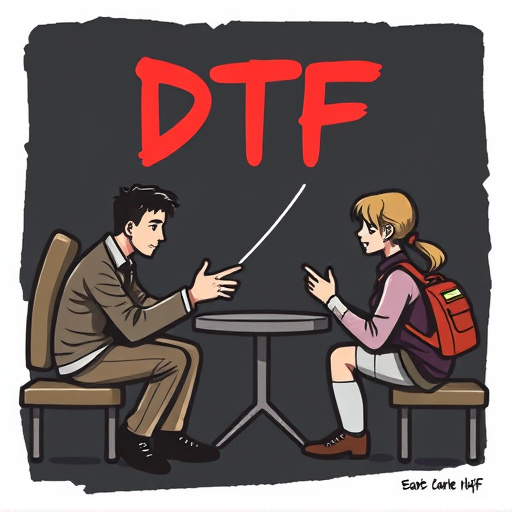Fast DTF Transfers face common issues like data inaccuracies due to outdated software, improper file formats, low resolution, incorrect color profiles, and misaligned designs. To resolve these, use high-resolution (300 DPI+) PNG or JPEG files, ensure software-hardware compatibility, double-check settings, and employ reputable DTF transfer film. Implement checksum checks, utilize adjustable transfer tools, and test on scrap materials to identify and correct issues before applying to final products, ensuring optimal adhesion with proper surface cleaning and heat press settings.
In the fast-paced world of data management, efficient Fast DTF Transfers are crucial. However, common mistakes like inaccurate data transfer and inconsistencies can lead to significant issues. This article delves into the root causes of these errors, offering quick fixes for immediate resolution. Furthermore, it provides best practices to prevent future mishaps, ensuring your Fast DTF Transfers remain seamless and reliable.
- Inaccurate Data Transfer: Causes and Common Errors
- Quick Fixes for DTF Data Inconsistencies
- Best Practices to Avoid Fast DTF Mishaps
Inaccurate Data Transfer: Causes and Common Errors
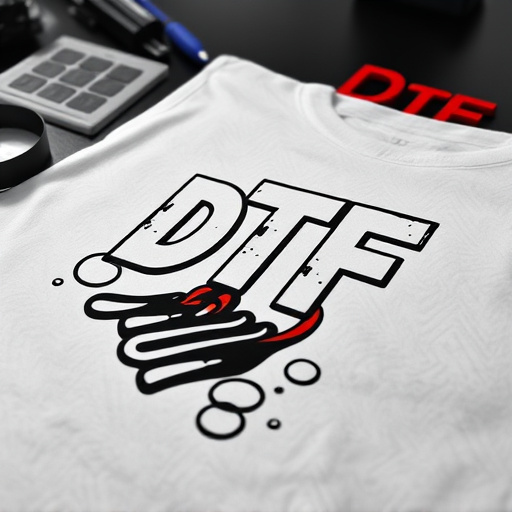
Inaccurate data transfer during Fast DTF (Direct to Film) Transfers is a prevalent issue that can lead to subpar printing results. Common causes include outdated or incompatible software, improper file formats, and insufficient image resolution. Often, users forget to check the settings before initiating the transfer, resulting in incorrect color profiles or misaligned designs. Another frequent error is using low-quality DTF transfer film, which can cause pixelation or blotchy prints when fed into the printer.
For smooth Fast DTF Transfers, ensure your software and hardware are compatible. Use high-resolution images (300 DPI or higher) saved in supported formats like PNG or JPEG. Before transferring, double-check color settings, resolution, and design positioning. Invest in reputable DTF transfer film suitable for your printer to avoid issues like ghosting or inconsistent ink adhesion, making the process more reliable and yielding superior results, especially for applications like DTG for t-shirts.
Quick Fixes for DTF Data Inconsistencies

When dealing with Fast DTF Transfers, data inconsistencies can arise due to various factors such as file formatting issues or communication errors between software and hardware. To quickly fix these problems, users should first ensure that all files are saved in the correct format (typically .DTF) and compatible with their transfer software. Verifying file integrity through checksum checks can also help identify and correct any data corruption during transmission.
Additionally, utilizing dedicated DTF transfer tools that offer advanced settings for fine-tuning communication parameters can prevent future inconsistencies. For instance, setting appropriate baud rates, data bits, and parity can streamline the transfer process, ensuring accurate and reliable data exchange. Customizing these settings according to specific hardware and software configurations, such as those used for direct to film personalized hoodies or dtf prints, is key to achieving consistent results when producing custom t shirts.
Best Practices to Avoid Fast DTF Mishaps
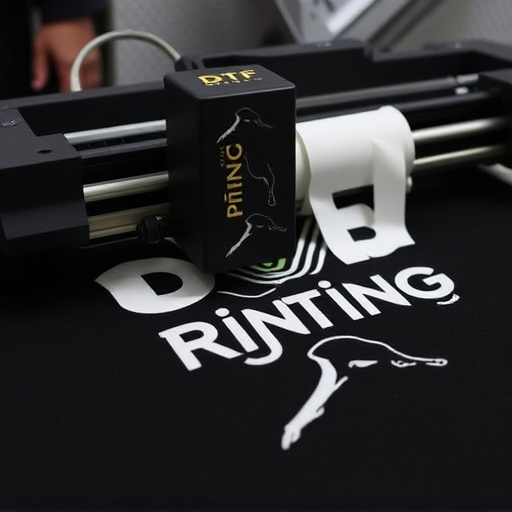
To avoid common mistakes in Fast DTF (Direct-to-Garment) Transfers, adhering to best practices is paramount. First and foremost, ensure precision in design preparation; any imperfections or misalignments in your digital art can lead to inaccurate prints. Utilize high-resolution files and custom sheets for heat pressing designs onto garments to guarantee crisp details. Testing the DTF transfer film on scrap materials before applying it to final products is a crucial step, allowing you to identify and correct any issues with adhesion or ink transfer.
Additionally, proper cleaning and preparation of the garment surface are essential. A clean, grease-free canvas ensures optimal adhesion. Consider using appropriate cleaner solutions recommended by the manufacturer for preparing your substrate. Precise temperature and pressure settings during the heat press process are also key to successful DTF transfers, preventing common mishaps like ink bleeding or inadequate bonding.
Fast DTF transfers, while convenient, can indeed present common mistakes due to their speed and complexity. By understanding the causes of inaccurate data transfer errors and implementing best practices, businesses can significantly reduce these issues. Quick fixes offer temporary solutions, but adopting proactive measures ensures long-term data consistency and integrity. Remember, meticulous attention to detail during fast DTF processes is key to maintaining reliable data transfers.









